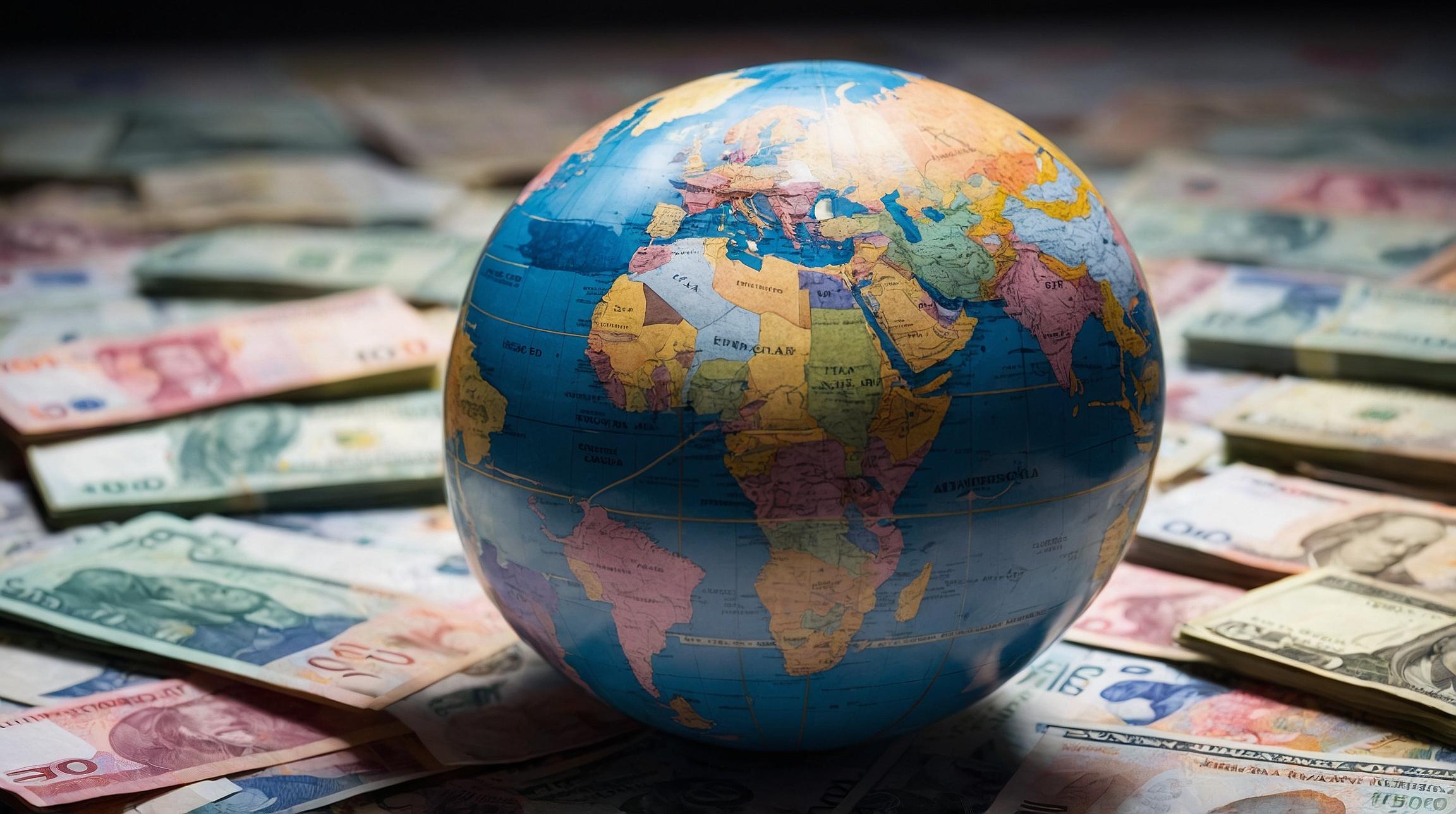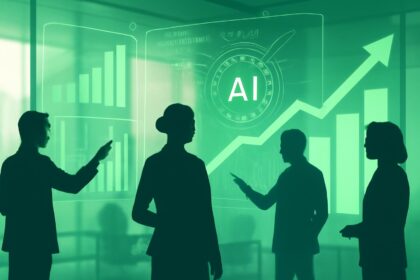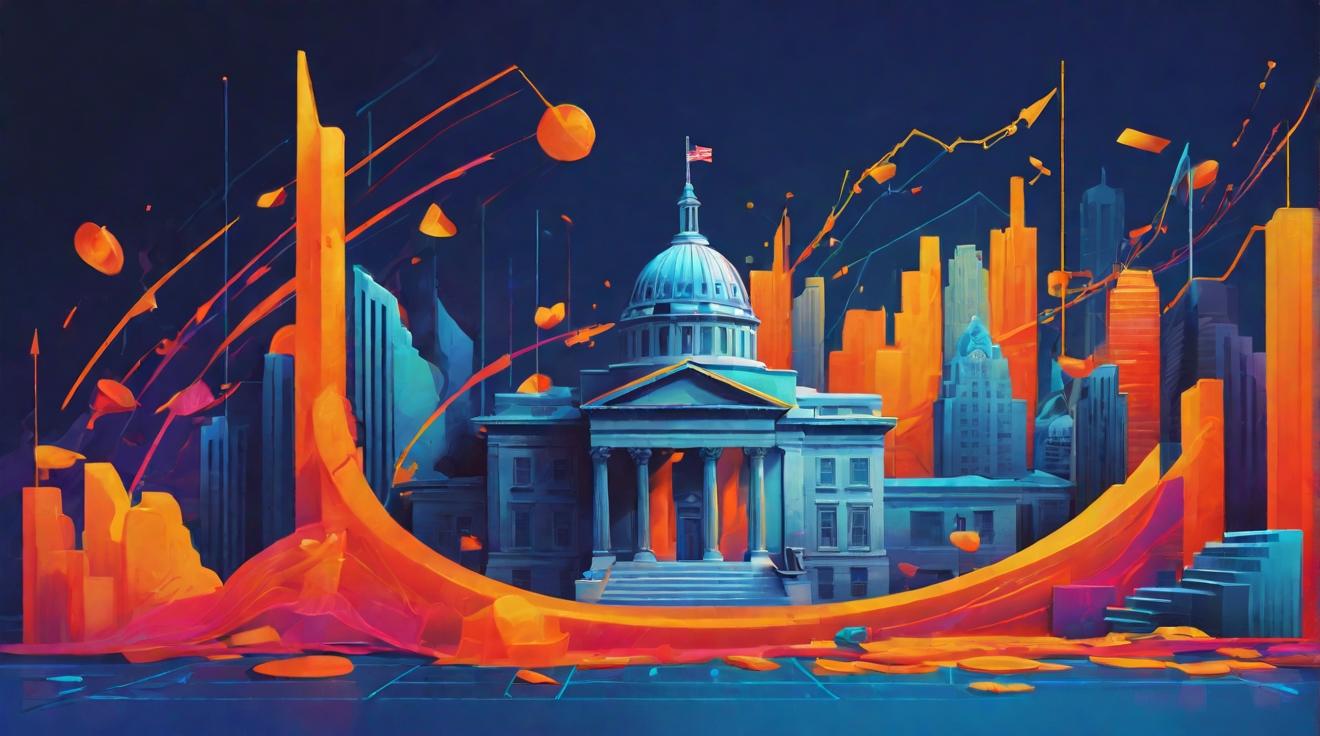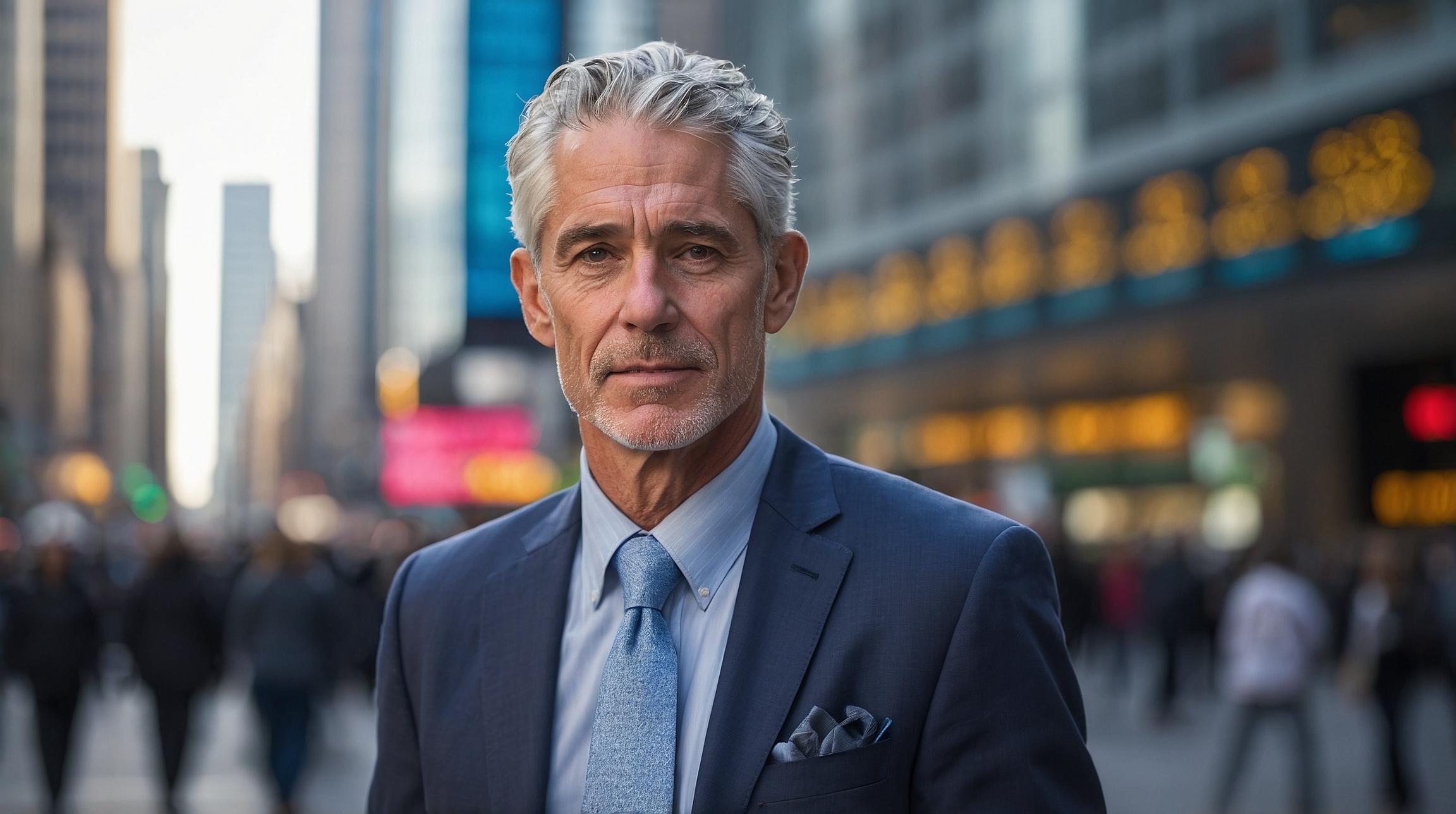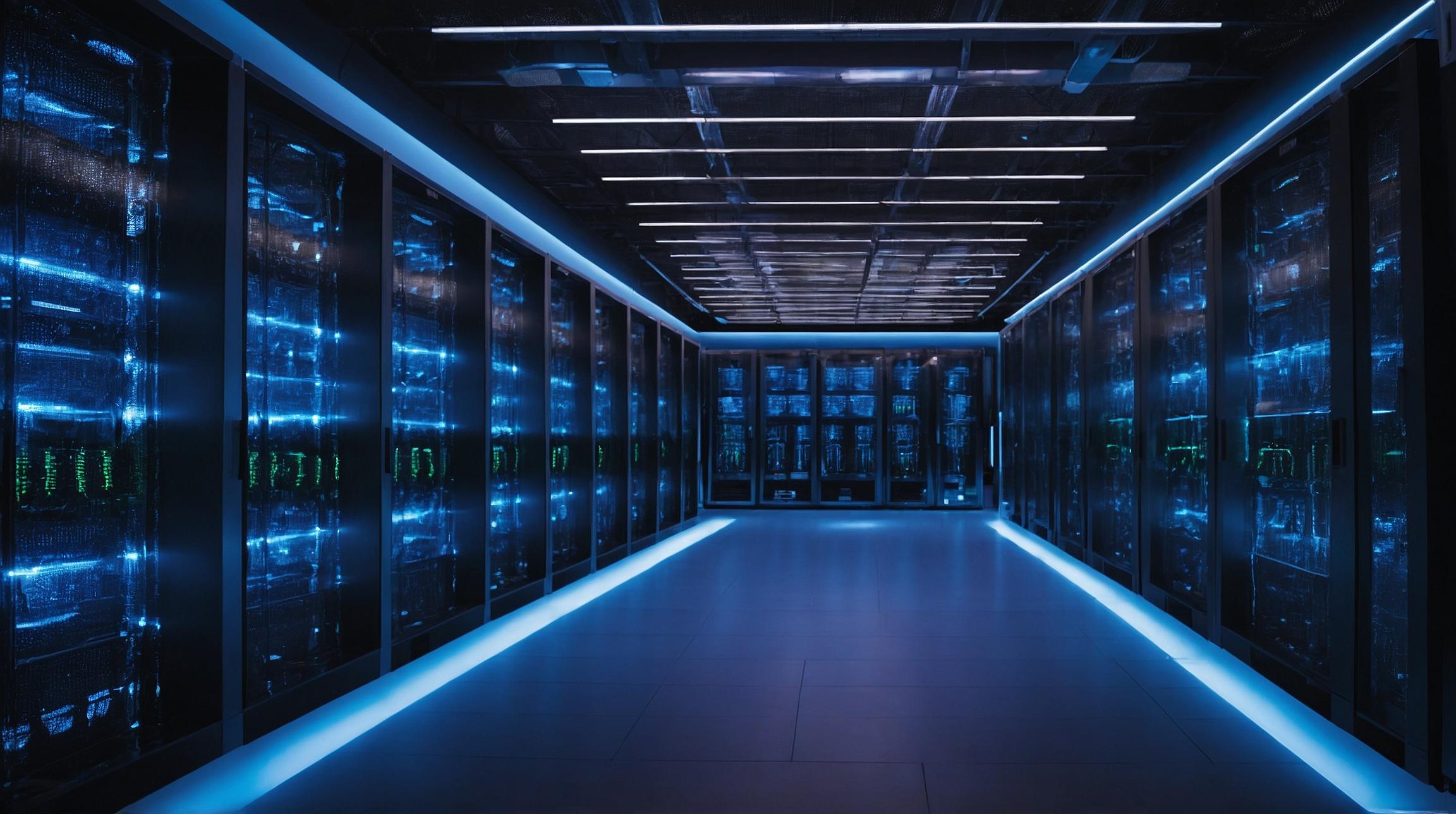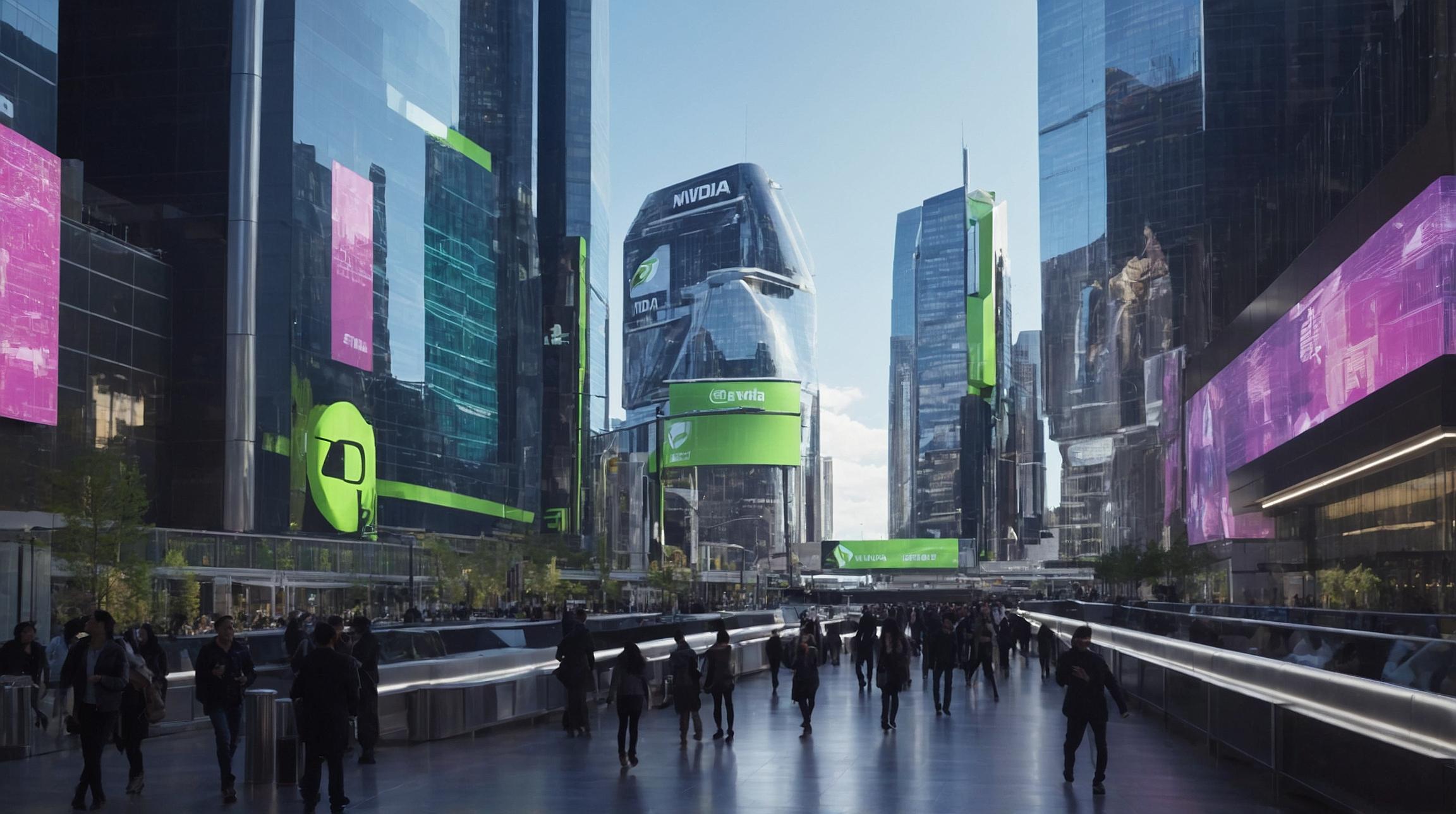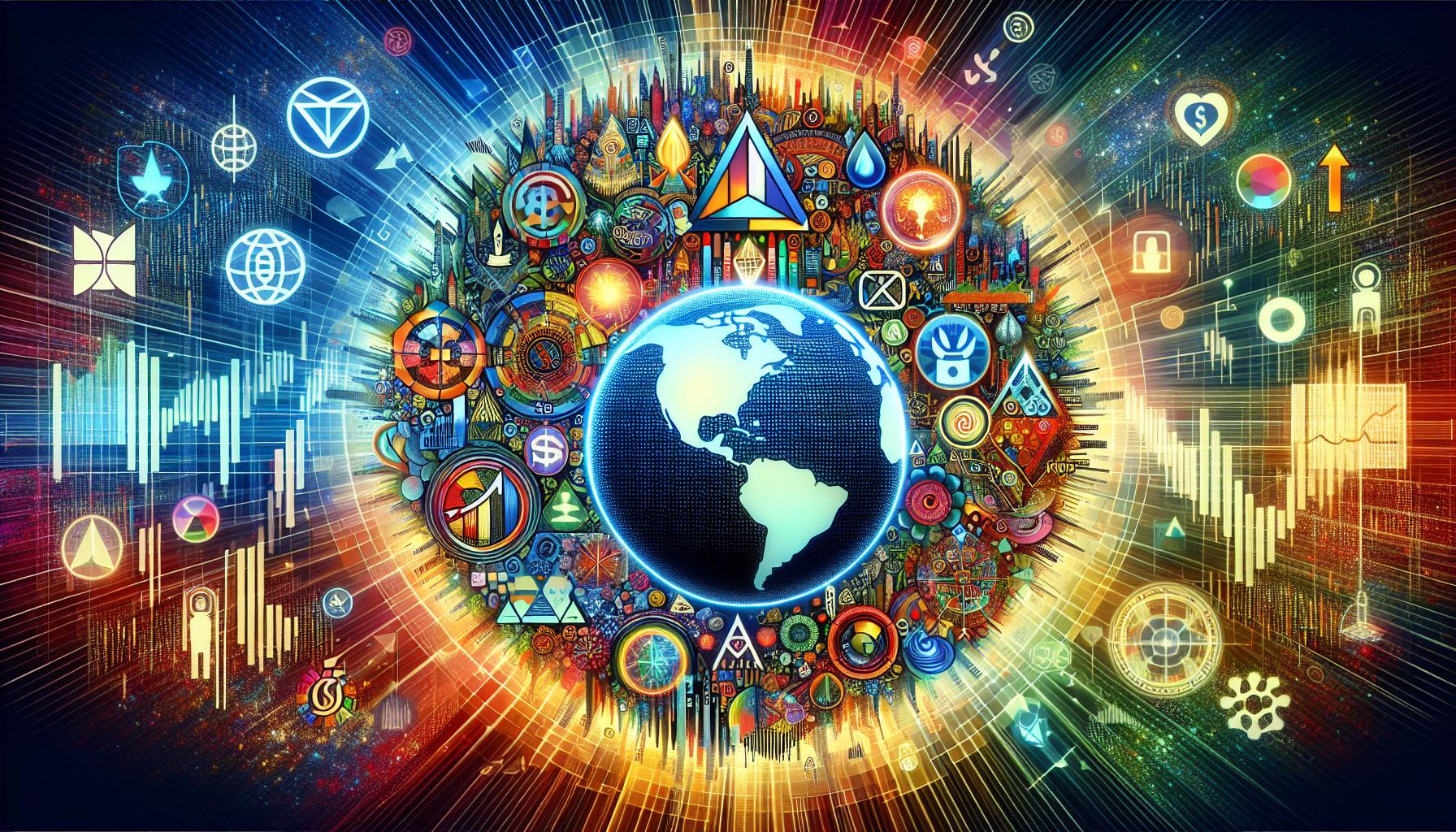OpenAI’s Sora 2 Ignites New Debate on AI Safety and Creativity
OpenAI recently launched Sora 2, a TikTok-style AI video creation app powered by its latest artificial intelligence model. Despite a gated release requiring invite codes, the app has surged to the top of Apple’s App Store charts and quickly captured public attention with viral deepfake videos, including one depicting CEO Sam Altman in a controversial scenario. This rapid popularity has reignited internal discussions at OpenAI regarding the delicate balance between implementing robust safety measures and fostering creative freedom among users.
Balancing Safety and Creative Freedom
According to sources familiar with OpenAI’s internal strategy, company leadership emphasizes the importance of stringent guardrails to prevent harmful content. However, they remain concerned that overly restrictive policies might suppress creativity or be perceived as excessive censorship. This tension remains unresolved, reflecting a broader challenge faced by AI developers in managing the risks of powerful technologies while encouraging innovative use cases.
A Culture of Speed and Competition
OpenAI has historically prioritized rapid deployment of new tools, often launching ahead of competitors and adapting based on real-world feedback. A former employee noted that this approach intensified after China’s DeepSeek introduced a competitive AI model, prompting OpenAI to release two new models within weeks to maintain its market lead. The company’s evolution from a scrappy San Francisco research lab to a structured organization has enabled faster development cycles and cross-functional collaboration, accelerating products like Sora.
Sora 2: Advanced AI Video Generation with Safeguards
Sora 2 represents a significant upgrade over its predecessor, generating longer, more coherent videos with striking realism. OpenAI has embedded multiple layers of safeguards, including prompt filtering and output moderation across video frames and audio transcripts.
- Explicit content, terrorist propaganda, and self-harm promotion are banned.
- The app employs watermarks and prohibits likeness impersonation without consent.
Despite these measures, some users have circumvented restrictions, producing controversial content that has sparked public debate about the pace of innovation versus responsible deployment.
Viral Videos and Copyright Controversies
Several viral clips feature CEO Sam Altman’s likeness, which he authorized for use, alongside popular fictional characters like Pikachu and SpongeBob SquarePants in unsettling contexts. This has raised questions about the use of copyrighted material, which OpenAI currently permits unless rights holders opt out. Altman has publicly downplayed concerns, framing Sora as a transparent showcase of AI capabilities designed to build momentum for OpenAI’s broader artificial general intelligence ambitions.
Intensifying Competition in AI Video
OpenAI’s launch of Sora 2 occurs amid growing competition. Meta recently introduced Vibes, a short-form AI video feed, while Google and Chinese tech giants ByteDance and Alibaba have also unveiled rival AI video systems. OpenAI has committed $850 billion to expand infrastructure and develop next-generation AI models, underscoring its determination to lead in this emerging field.
Expert Perspectives on AI Video’s Role
“Most AI systems today rely on linguistic data, but to approach general intelligence, models must learn from visual and audio inputs, much like a baby discovering the world,” said Professor Hao Li, a video synthesis expert.
Li noted that AI-generated video is increasingly used to train and improve other AI models by simulating realistic environments, a trend gaining traction among researchers aiming to enhance machine reasoning. Former OpenAI executive Zack Kass argued that releasing advanced AI technology openly is preferable to secrecy, stating that transparency helps society adapt to breakthroughs more effectively.
“If we have a groundbreaking technology, I think people should know about it and use it so that we can all update to it,” Kass said.
FinOracleAI — Market View
OpenAI’s Sora 2 launch highlights the company’s strategic move into AI-generated video content, a sector poised for rapid growth amid intensifying competition. The app’s viral success demonstrates strong consumer interest but also exposes ongoing challenges in moderating deepfake content without stifling innovation.
- Opportunities: Rapid adoption of AI video tools can expand OpenAI’s user base and data for model training, accelerating progress toward artificial general intelligence.
- Risks: Inadequate content controls may lead to reputational damage, regulatory scrutiny, and legal challenges related to deepfakes and copyright infringement.
- Competitive Landscape: Aggressive spending and innovation are critical as rivals like Meta and Google intensify their AI video efforts.
- Long-term Impact: Integrating visual and audio data into AI training may significantly advance machine reasoning capabilities.
Impact: OpenAI’s approach balances pioneering innovation with emerging risks, setting a precedent for responsible AI deployment in video generation technology.






